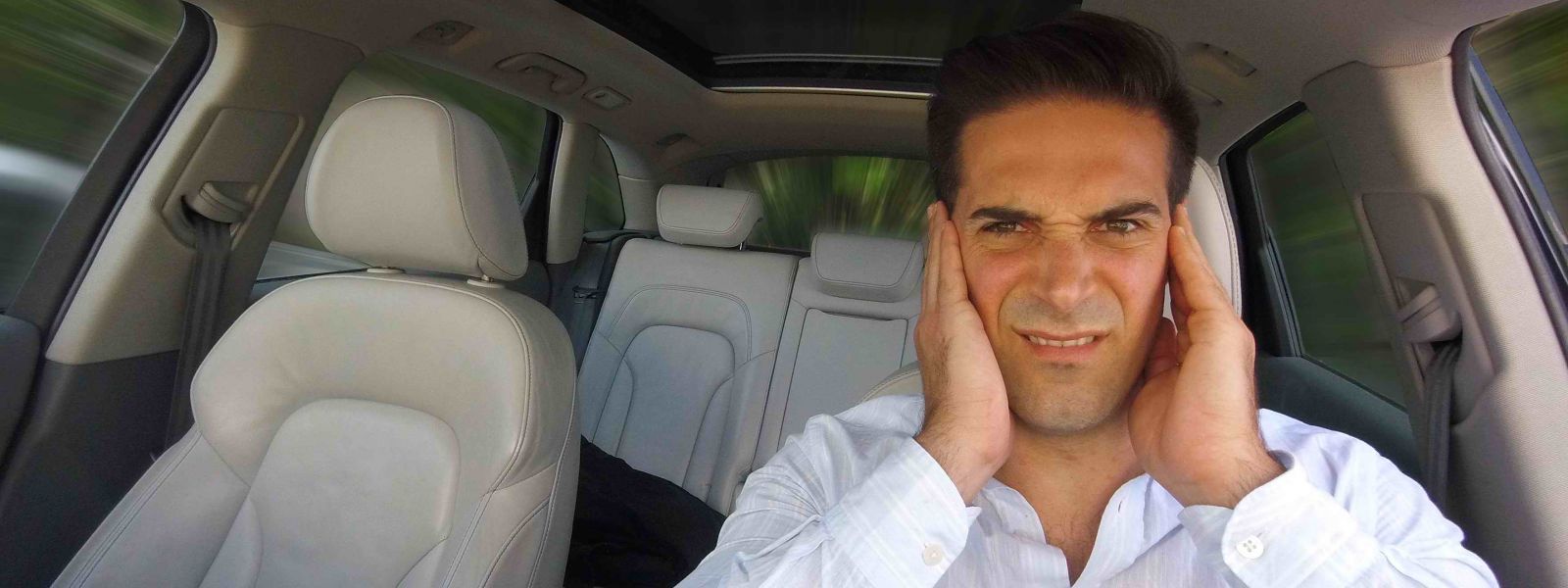
Automotive powertrain systems are inherent generators of tonal noise. Whenever gears, sprockets/chains, fluids or electricity are used to transmit power, some degree of tonal noise is inevitable. If such tonal noise stands-out above the general level of background noise in a vehicle, it is considered by many to be annoying.
Ever-increasing vehicle build quality and the move to electrified powertrains are accompanied by ever-increasing driver/passenger expectations for quieter vehicles. Noise, vibration and harshness (NVH) from powertrain assemblies in-vehicle is therefore in increased danger of being exposed, lowering customers’ perception of quality and potentially providing those customers with reasons for creating warranty complaints.
Vehicle cabins are generally enclosed spaces. Discrete frequency (tonal) noise within enclosed spaces tends to set-up complex patterns of standing waves. The result is that moving a microphone just a few centimetres can cause it to move from a node to an anti-node at certain frequencies and dramatically alter the result. In short, there is no single place that can generally be identified as being optimum for all frequencies being measured. Moreover, noise data measured at a single location is very sensitive to small changes in atmospheric conditions (temperature, pressure etc.) so obtaining repeatable and reliable noise results from a single microphone becomes almost impossible. Meaningful results can be obtained if more than one microphone is simultaneously measured and the results (once transformed out of the time domain) are inter-channel averaged – thereby averaging the sound field in space.

Binaural (or so-called Aachen) heads are popular when measuring sound quality as perceived by humans because they are engineered to faithfully represent head masking effects and outer ear detail to deliver results that a human would hear. However, the downside of such heads for pragmatic in-vehicle testing is that, as dummies, they can’t drive. They are also not able to adjust their position (like a human driver can) to microscopically “tune-in” to the powertrain noise as speed and load conditions are changed.
Microphone systems that can be worn by test drivers address all the above issues. Binaural headsets are available (typically with a microphone in each ear position) and, for increased spatial averaging, AB Dynamics are able to supply microphone array hats such at the 5-channel MS108 model that is compatible with front-end powering and conditioning hardware used by AB Dynamics’ PLATO NVH measurement and analysis system.
-------------------------------------------------------------------------------------------------------------------------------------------------------------------------------------------------
Keep a look out for further instalments in this series:
Part 2 - Order Domain Analysis
Part 3 - Run Averaging
Part 4 – Data Acquisition (DAQ) Hardware
Part 5 – Measurement & Analysis Software (PLATO by ABD)
Part 6 – Promoting Test Condition Consistency
Part 7 – Example Results
Part 8 – Tone Audibility
Part 9 – Optimising Factory-Based (End-of-Line) Testing


